We deal with different kinds of ‘what-ifs’ every day. What if I have been chasing the wrong dream? What if I fall into an accident that would prohibit me from hiking? What if I leave my job? What if I tell him I like him? What if this is my last day?
We often get caught in these debates inside our heads and wonder what life will be if we chose otherwise. But we don’t need an alternate universe to answer all these questions. All it takes is a few seconds of courage to follow what we have been really wanting to do – no buts, no ifs. And believe me, fate has an amazing way of surprising brave hearts.
Five hundred years ago, five ships from Spain began sailing to locate a westward route to the so-called “Spice Island”. While it was the age of territory expansion, for those sailors… it was an adventure of a lifetime. Hence, the theme “Setting Sail” for this year’s Gabii sa Kabilin – an annual cultural activity spearheaded by the Ramon Aboitiz Foundation Inc. (RAFI) Cultural and Heritage Unit along with its partner LGUs, museums, and cultural organization. This aims to promote Cebu’s cultural and religious heritage and is held every last Friday of the month of May, which falls on the 24th of this year.
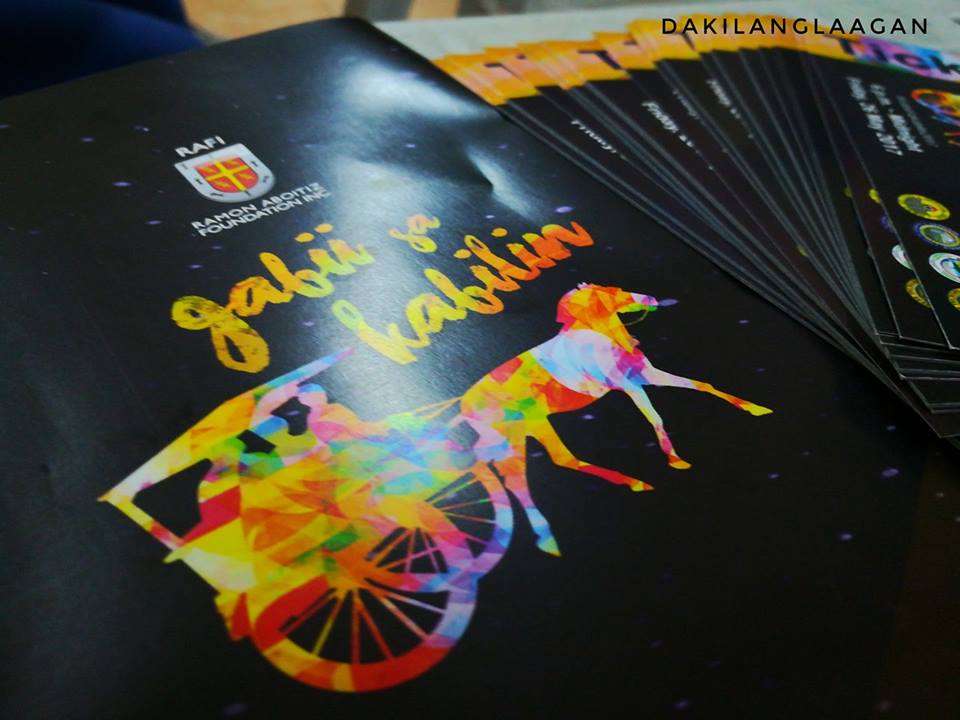
For years, I have been a regular participant of Gabii sa Kabilin but the last three years became hectic due to conflicts with pre-scheduled travels. After hearing the positive feedback of friends who participated in this annual activity as well, I became excited to join again. Much to my surprise, a fellow hiker, Carlo also shared his interest in joining this year’s Gabii sa Kabilin.
Given the limited time, the original plan was just to see the landing vessel of the Armed Forces of the Philippines at the Aduana Building (Customs) and Fo Guang Shan Chu Un Temple for the Gabii sa Kabilin trip; however since it was Carlo’s first time (as he is not from Cebu), I took the responsibility of at least allowing him to experience a little of Cebu’s history by visiting museums which I have been to.
FIRST STOP: Aduana

We decided to meet and start our Gabii sa Kabilin trip at Aduana where the uniformed personnel of the Philippine Navy who gave us a tour around their landing craft – Ivatan, welcomed us. They graciously shared their time discussing the different parts of the ship, their primary tasks as the defendants of the country’s territory, and insights of being part of the navy. For someone who’s been bombarded with hopeless political sentiments on social media, it’s good to see people who reminded me and proved that the Philippines and the Filipinos are still worth dying for.
SECOND STOP: Sugbo Chinese Museum
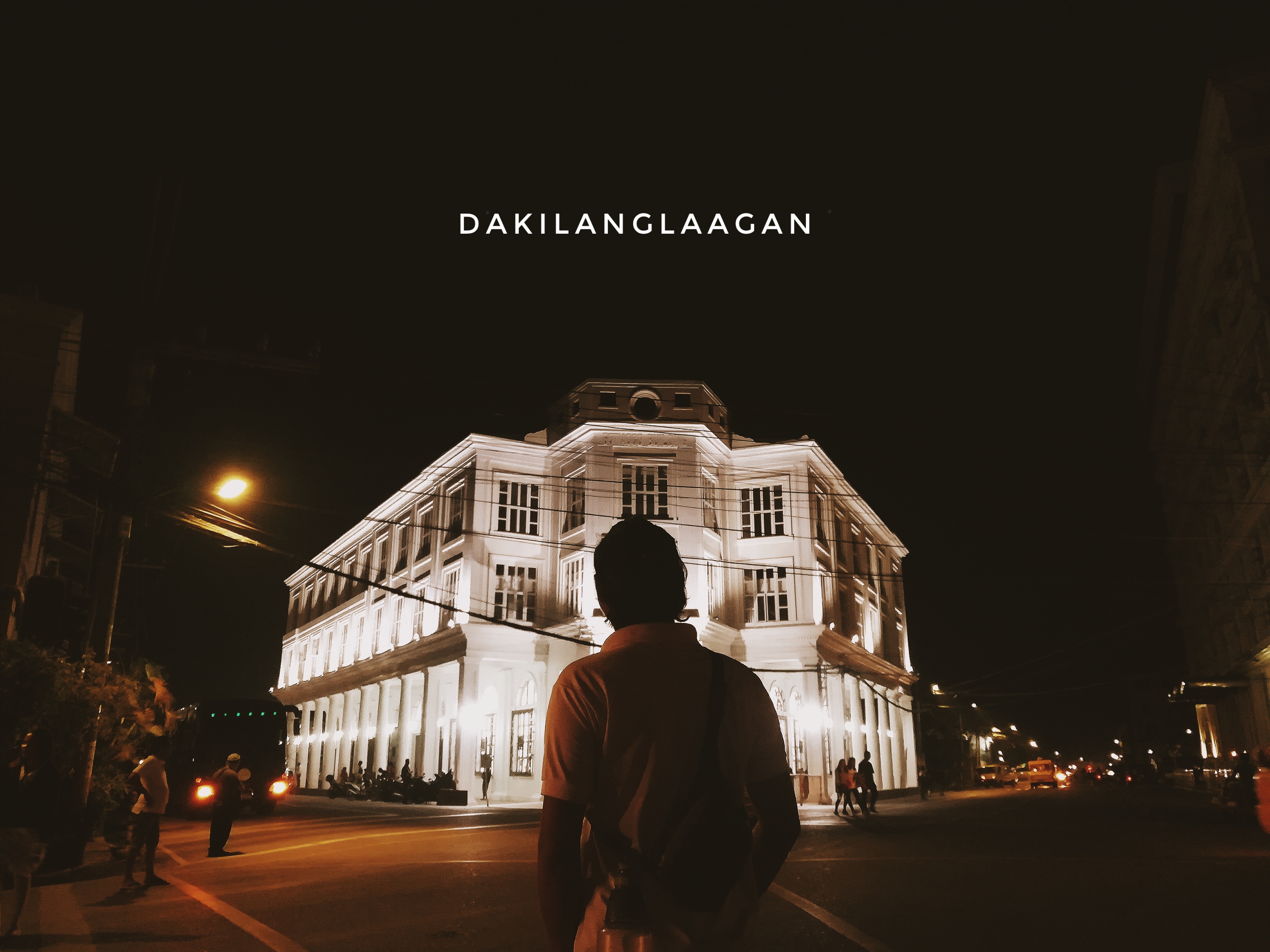
The newly opened Sugbo Chinese Museum is a literal head-turner. Since the building is still under construction, it has been left closed to the public for years. But that night, the Sugbo Chinese Museum stood in magnificence, outshining all its nearby establishments. I really felt like I was in Iloilo’s Calle Real upon seeing it.
THIRD STOP: Fo Guang Shan Chu Un Temple
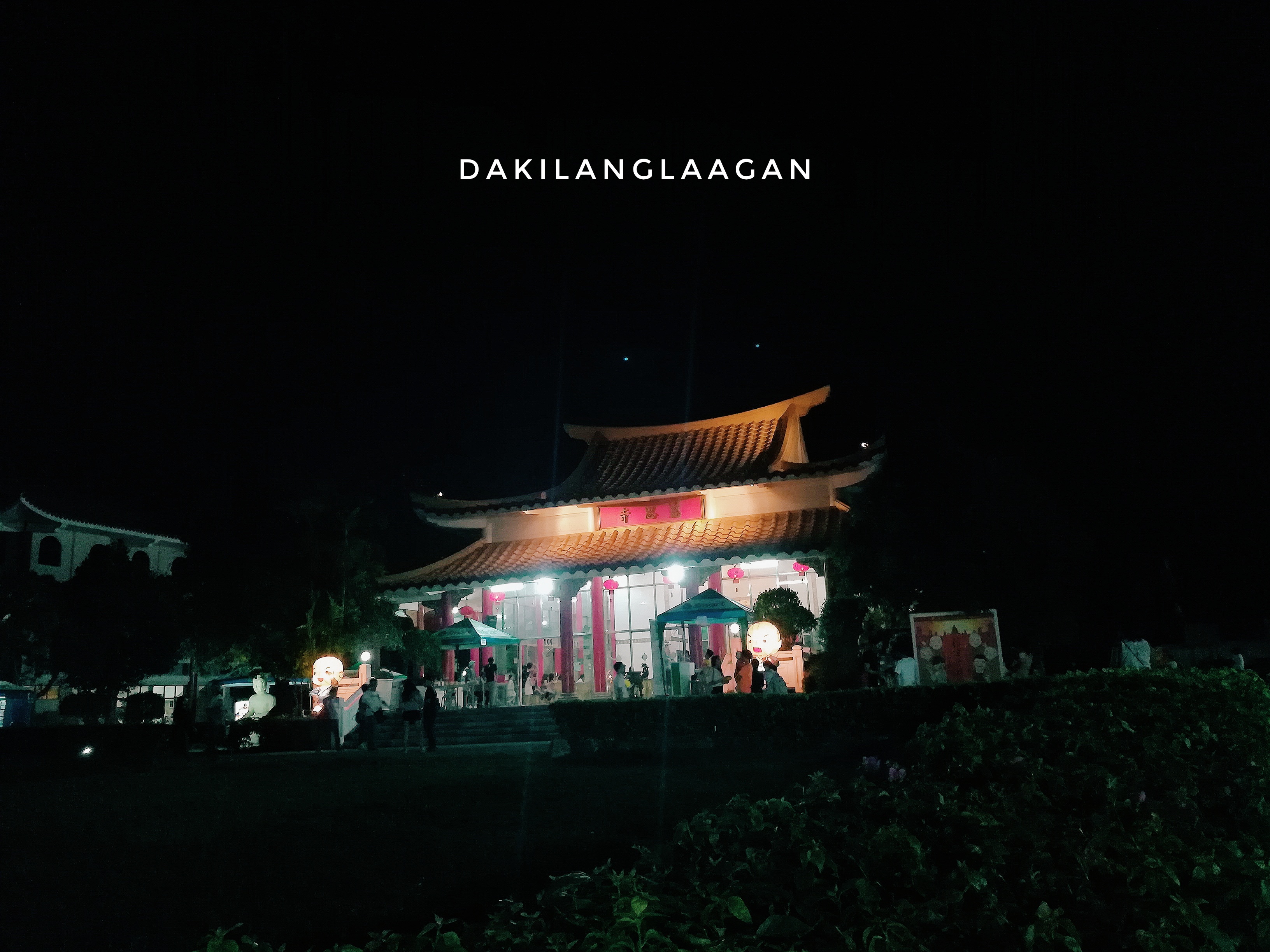
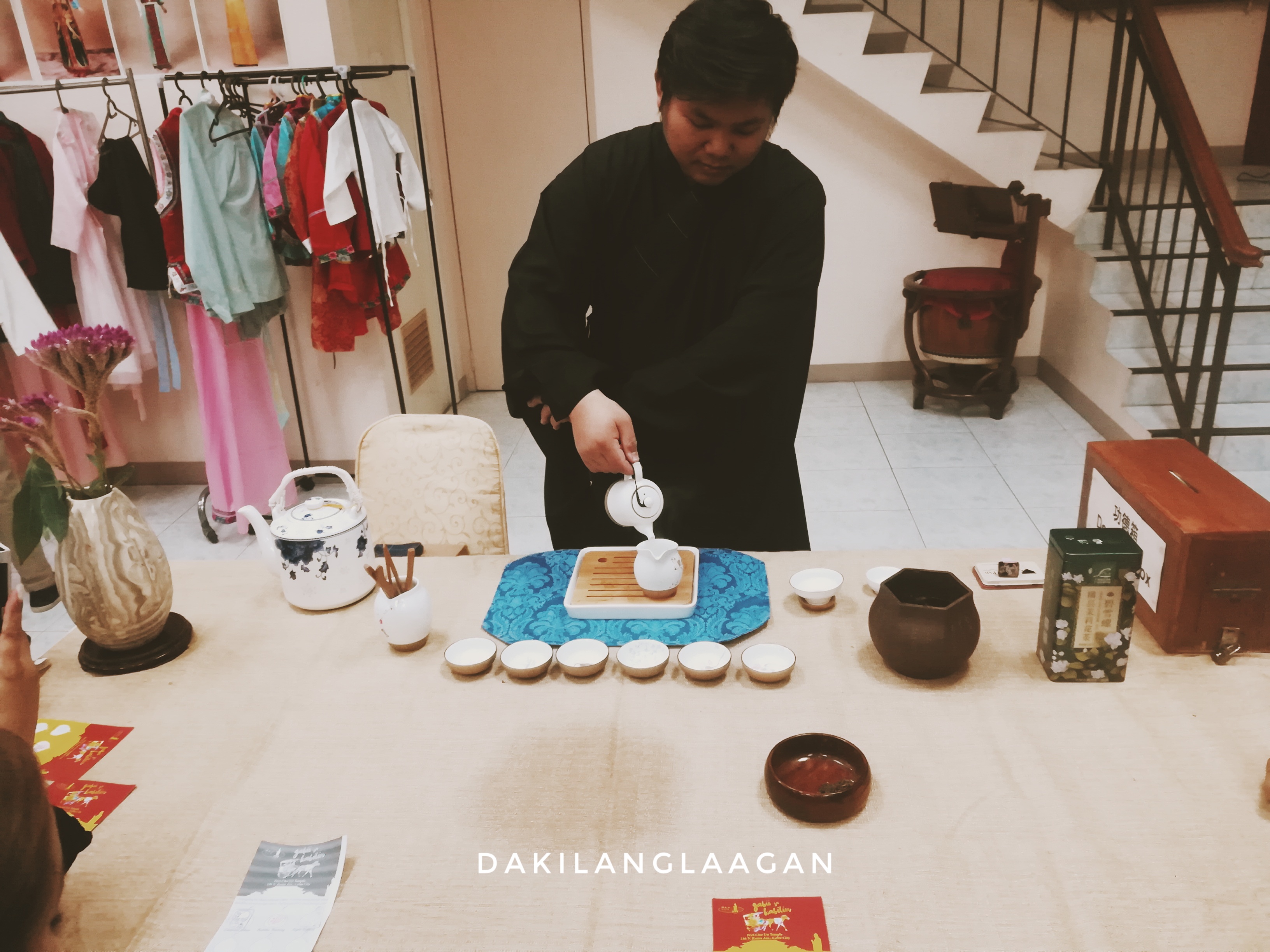
Though I am a practicing Catholic, it has always been a dream for me to witness the different religious activities of other faiths. So after hearing positive feedback from Chu-un Temple, I became really interested to visit it. To save time, Carlo and I decided to take a jeepney in going there since there were no bus stops located near our area.
The temple prepared a number of things to do for guests to immerse into their culture– like tea ceremonies, Chinese calligraphy, cultural shows, ceremonial bathing of the Buddha, and dressing up like traditional Chinese!
FORTH STOP: University of San Carlos Museum

We were fortunate to catch the bus ride in going back to the downtown area. I was hesitant at first to get inside the USC Museum since I’d been there already when I was in college but since it was Carlos’ first time, we decided to give it a try; and good thing we did. Several years after college, USC’s museum has grown into such of Ayala Museum! Its collections grew and widen into various branches of Social Sciences. One of the highlights of the exhibit was their tuba tasting! Imagine being allowed to legally drink liquor inside the school premise? Life goals. HAHA.
FIFTH STOP: Cebu Palm Grass Hotel – The Cebu Heritage Hotel

Cebu’s first and only hotel also joined the Gabii sa Kabilin – Cebu Palm Grass Hotel. Aside from showcasing Cebu’s heritage through the artworks in the interior of Cebu Palm Grass Hotel, they have also prepared several activities for guests, like puso weaving and sungka competition.
SIXTH STOP: Jose R. Gullas Halad Museum
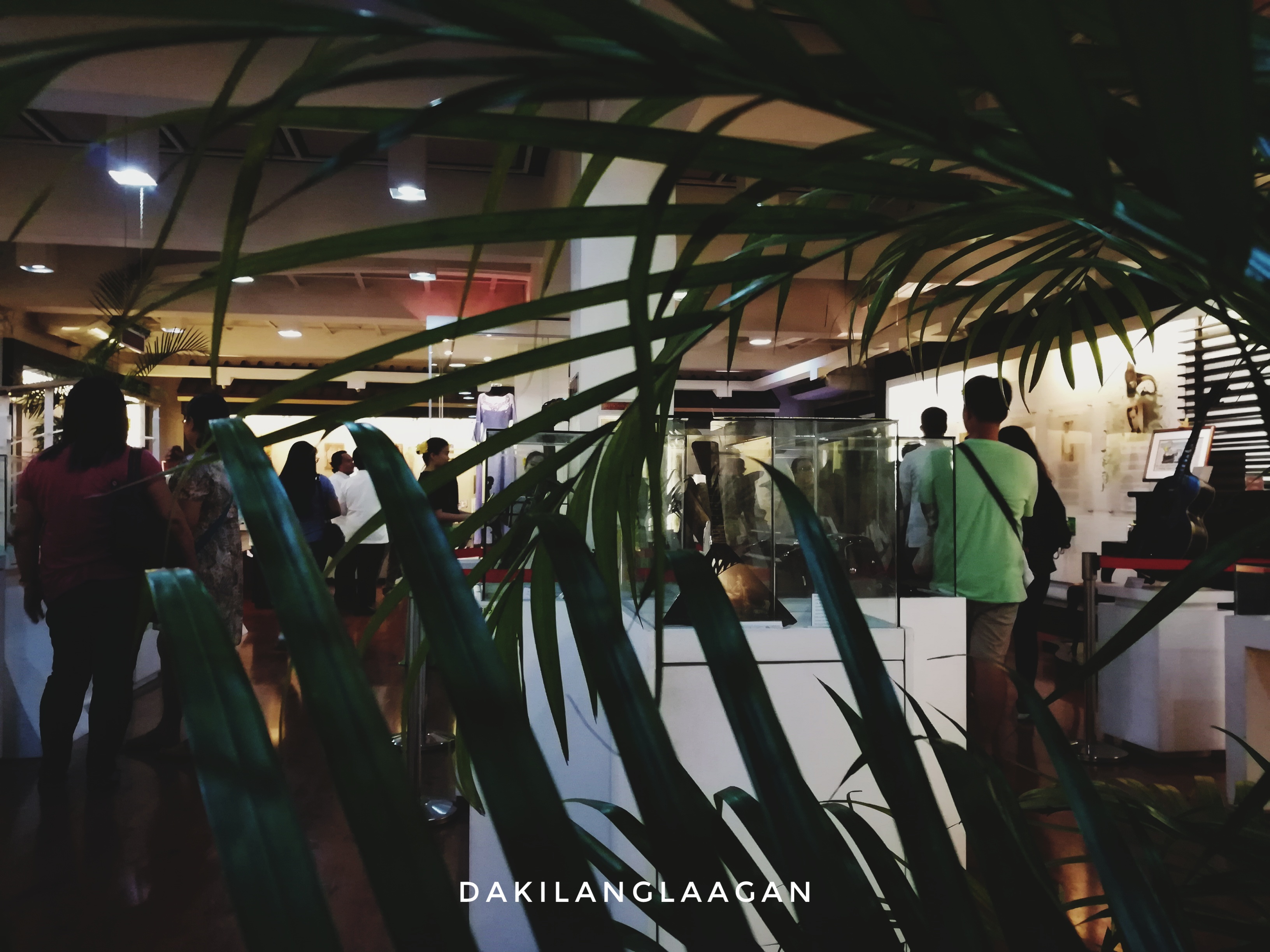
Thanks to Pierre, I have become more culturally inclined in terms of music; hence, my interest in JRG Halad Museum. So, even though I’ve been JGR Halad Museum years ago, I invited Carlo to go around and listen to some Cebu classical singers like Vicente Rubi and Ben Zubiri.
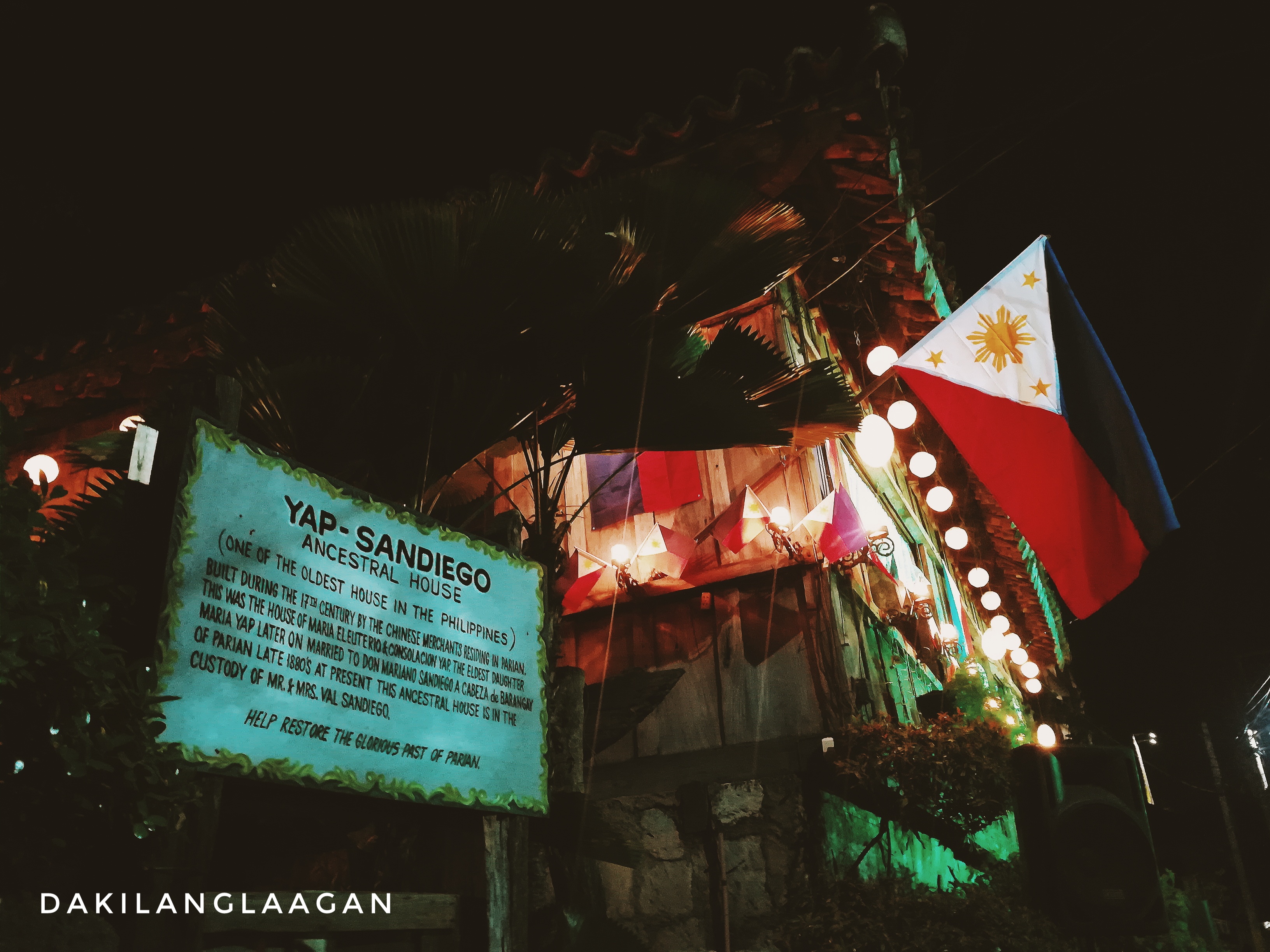
SEVENTH STOP: Casa Gorordo
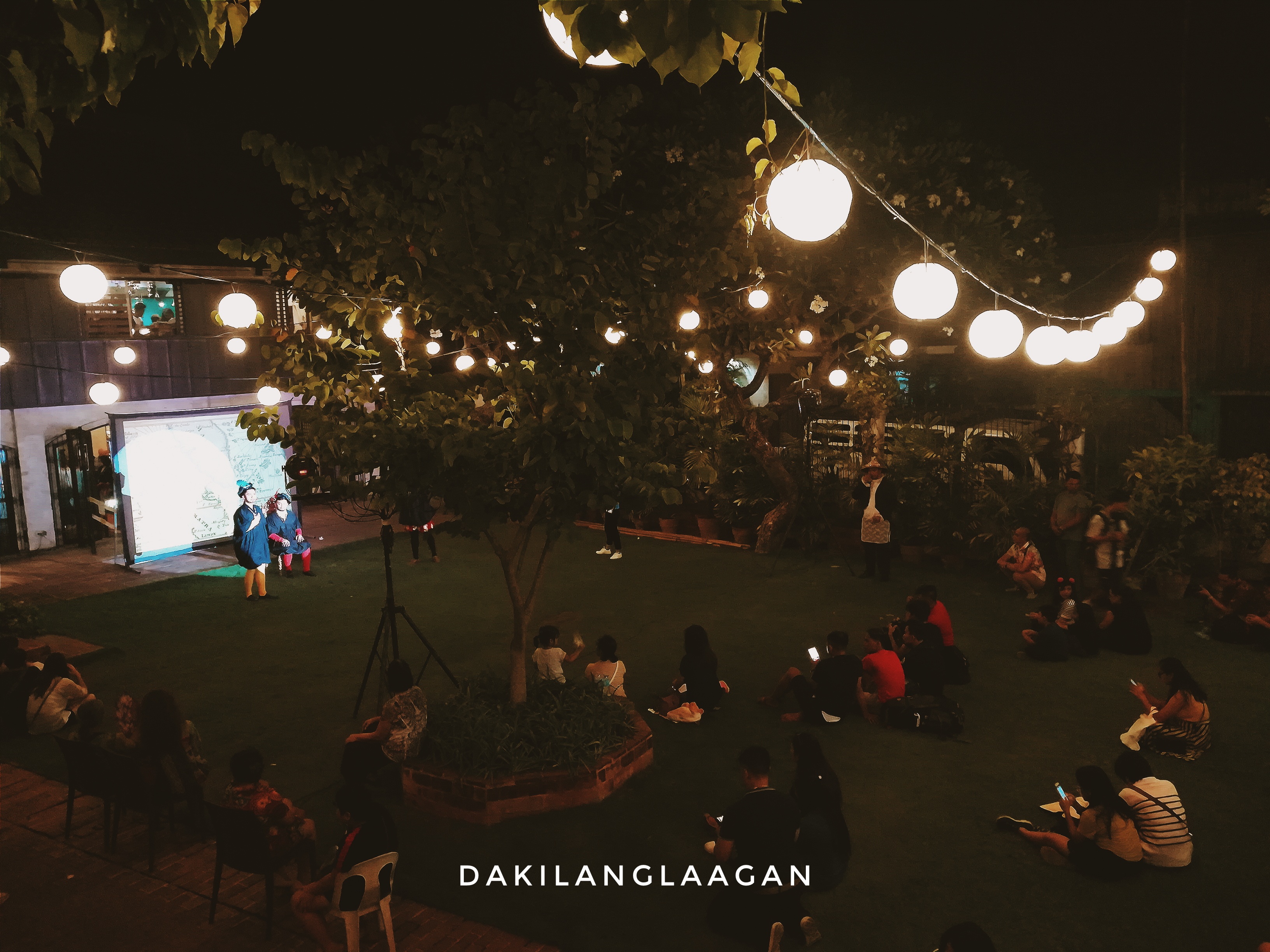
If you want to know how rich people lived in Cebu way back in the Spanish era, then Casa Gorordo is a must-visit. Ideally located across RAFI building, the former archbishop’s house provided a great number of activities for visitors to enjoy – from skits to guided tours and food to enjoy. While Carlo enjoyed checking the different rooms inside the Casa Gorordo, I took time to marvel at the sight of families and young people sitting in the front yard of the museum. How I wish we could have parks that cater to these kinds of outdoor activities wherein people can enjoy each other’s company without alcoholic drinks or illegal activities needed.
EIGHTH STOP: Museo Sugbo
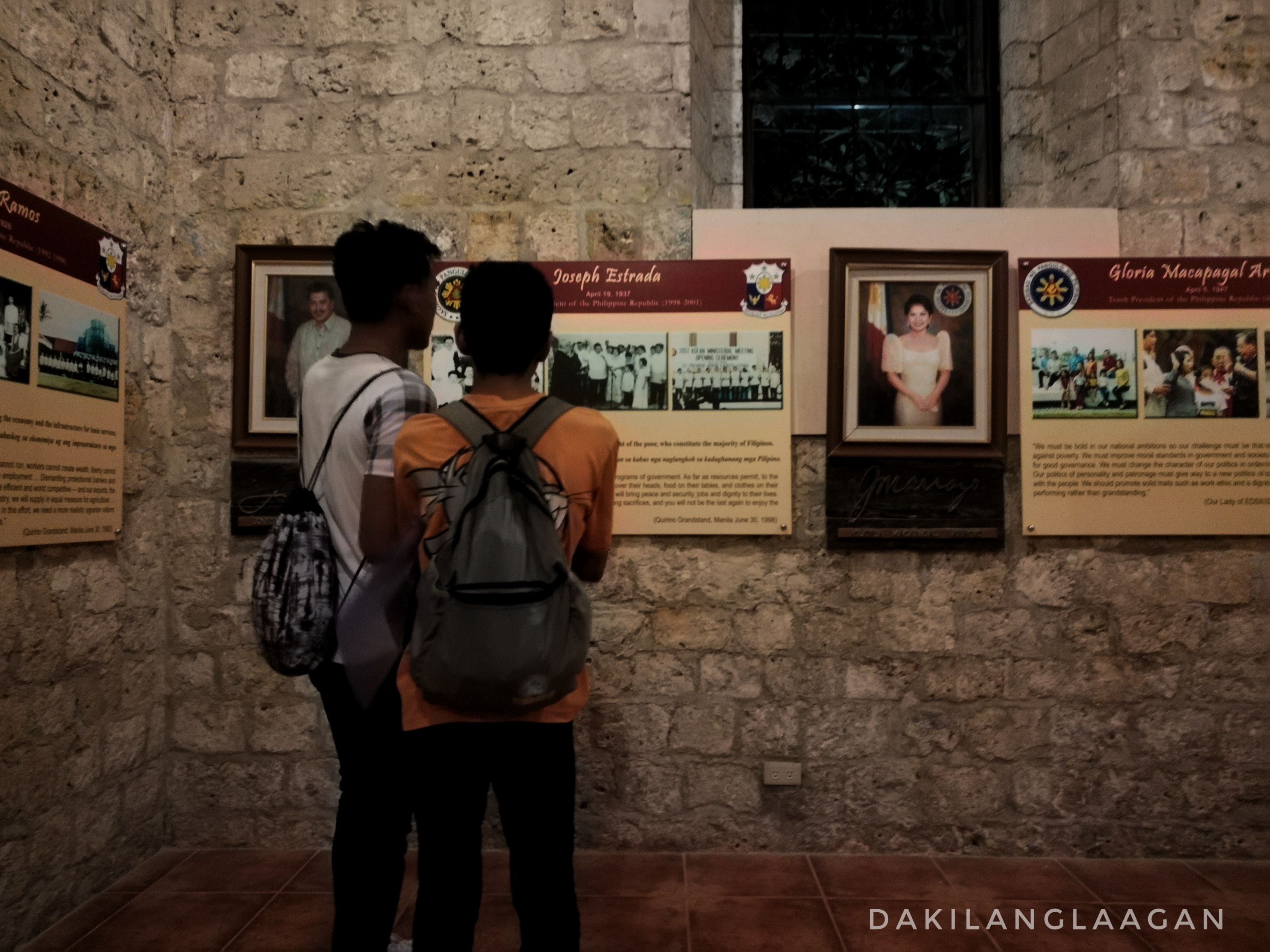
Walking to Museo Sugbo made me realize why Gabii sa Kabilin is done at night. Imagine the heat that the participants need to endure in hopping from one museum to another. As it was about midnight, Carlo and I decided that we’d end the tour at Museo Sugbo. Sadly, the scheduled activities were already done when we arrived. However, the galleries were still open so we took the opportunity to see the evolution of the Philippines from precolonial to the present.
Before we ended, I told Carlo to visit my favorite gallery which showcases the Rice Gods of Cordillera and Saints – the Therese Hermosisima Finnegan Collection. And glad we did because the traditional tattoo session didn’t finish yet. While the Cordillera takes pride in Apo Whang Od, the Manobo artist, Piper Abas, emphasized that it is but time to revive our own patik – the local version of batok. We engaged in a very healthy discussion about ethnic tribes and cultural preservation before we decided to cap off the night.
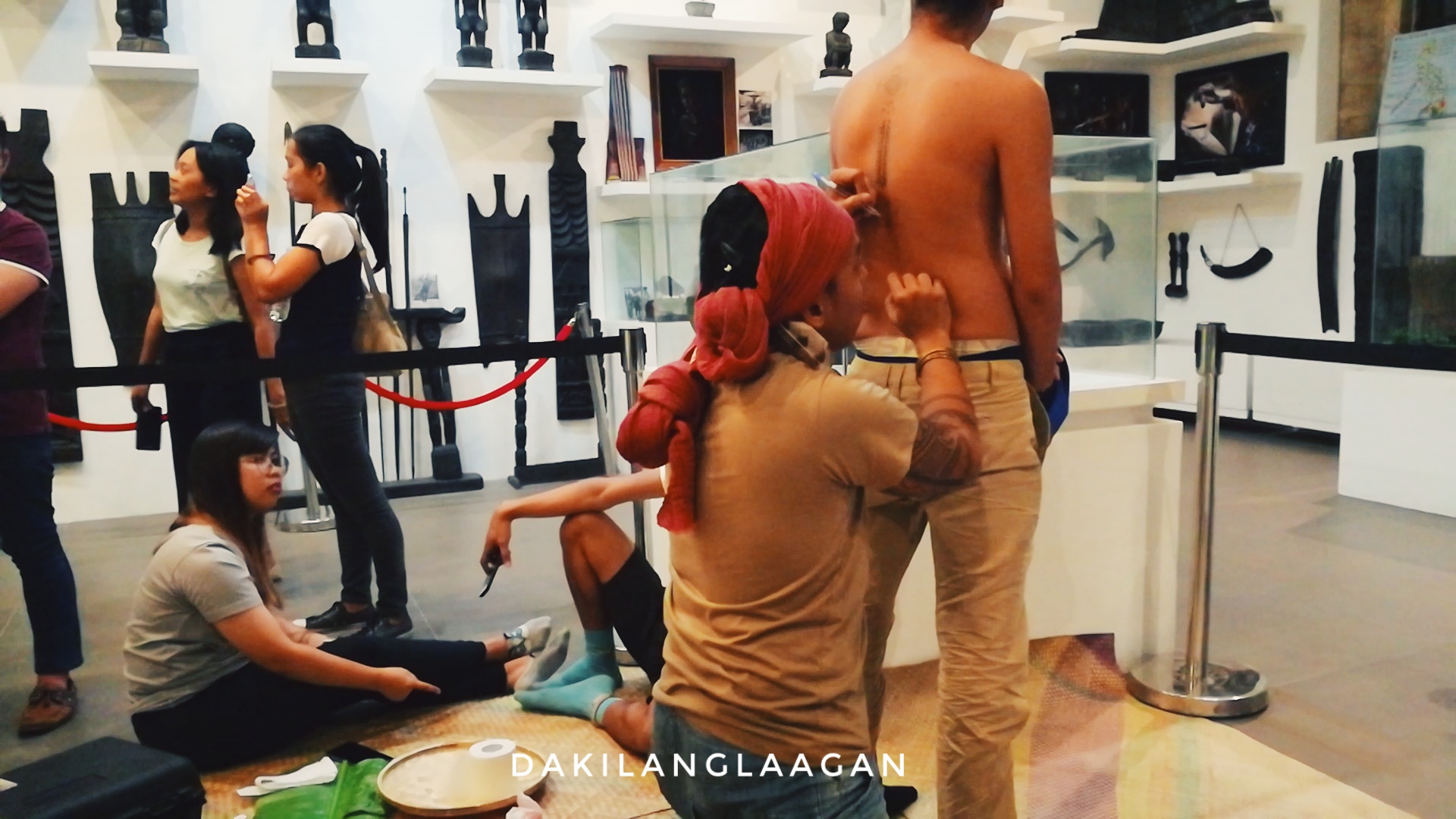
What if Ferdinand Magellan didn’t push for that westward route? What if they didn’t reach the Philippines? What if Lapu-lapu didn’t defeat Magellan? What if no ship was able to return home? What if everything we knew about history were just a product of Pigafetta’s imagination? Would we still have this night of heritage?
We could always dwell on those possibilities. We could always formulate things at the back of our minds. But in the end, the choices we make are the ones that define us. If we didn’t take chances, we could have just visited Aduana and Chu Un Temple alone. But we risked, like those sailors. We won’t see what’s beyond the horizon that we exist in until we decide to set sail. Until we don’t find the courage to find the reason for our existence, of our inquiries, we will always end up with all the ‘what-ifs’.
Would you dare go beyond the horizons?
